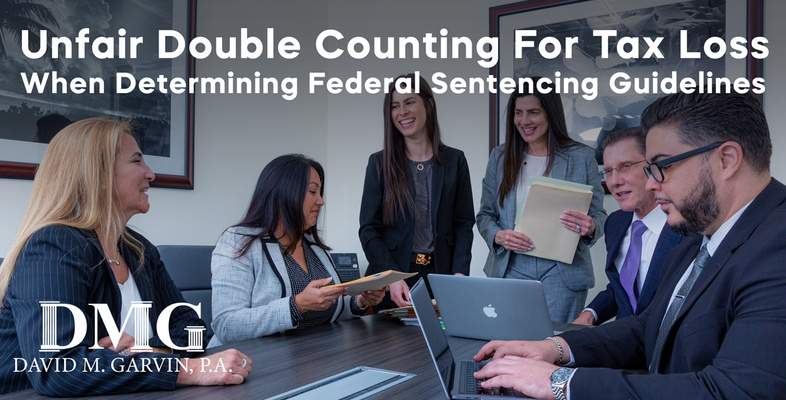U.S. v. GALLINA, 2011 U.S. Dist. LEXIS 26839 (E.D.N.Y. 2011)
On September 23, 1997, the United States brought an action pursuant to 26 U.S.C. 7401, 7402(a), and 7403 against Giovanni and Epifania Gallina, Caterina Mignano, Francesca Pipitone, Astoria Federal Savings and Loan Association, Ideal Mutual Insurance Company, and the New York State Department of Taxation and Finance.
The complaint consisted of four counts. Under Count I, the government sought to reduce to judgment certain assessed and unpaid income tax liabilities against the Gallinas. Under Count II, the United States sought a determination that federal tax liens had attached to and would remain upon the Gallinas' interest in certain real property. Count III alleged that the Gallinas had conveyed certain property to their daughters, Caterina Mingano and Francesca Pipitone. Count IV alleged that any conveyance to the daughters was made fraudulently under New York law.
The government moved for partial summary judgment as to Counts I, II, and III of the complaint, and the Court referred the motion to the magistrate judge for a report and recommendation.
The magistrate judge issued an R&R recommending that the Court grant the government's motion for partial summary judgment and allow the government to foreclose on the liens upon the property. The daughters filed timely objections to the R&R. The Court reviewed the objection de novo.
The defendants' objected to the Magistrate Judge's description of the recommendation as a grant of a "partial" summary judgment.
Defendants explained, that the recommendations if adopted by the Court would, in fact, be summary judgment as to all issues. The Court found that the recommended order was "partial," in that it addressed only the government's first three claims. However, the Court acknowledged that the order could render the remaining count moot.
Defendants also took issue with a statement made in the concluding paragraphs of the R&R that, "In the almost three years since [the government's motion for default judgment was denied], extensive discovery had failed to yield any evidence that Caterina and Francesca acquired a valid interest in the property."
Defendants argued that at the government's request discovery was bifurcated and did not proceed on the government's fraudulent conveyance theory wherein the validity of the daughter's interest would be determined pursuant to state law. The Court found that the magistrate judge did not rely, however, on the extent of discovery conducted, but on the pleadings, affidavits, and any discovery and disclosure materials on file, as required by Rule 56 of the Federal Rules of Civil Procedure.
The Court rejected Defendants' arguments that a determination that the daughters were not "purchasers" was premature. The Court found that Rule 56 permitted a party to move for summary judgment at any time until summary judgment was granted, and the government was permitted to foreclose the liens upon the property.
The Clerk of the Court was directed to enter judgment in accordance with the Court's Order.
- Tax Fraud Report
- The Latest Criminal Tax Decisions, Selected Civil Tax Opinions and Related Economic Crimes




